Pioneering Sustainable Steel Construction for a Green Future

Author: Holly Schaubert, PE
Introduction
As the global construction industry gravitates towards sustainable building practices, the spotlight on environmentally conscious material choices intensifies. This article centers on the role of Electric Arc Furnaces (EAFs) in sustainable structural steel production. In recent decades, the steel industry has undergone a profound transformation, marked by a shift towards more sustainable practices. EAFs have emerged as a key player in this green revolution, offering a host of environmental advantages over traditional methods.
EAFs: A Beacon of Sustainability in Steel Production
In the quest for a greener future, the choice of steel production methods becomes pivotal. EAFs stand out as trailblazers in sustainability, offering a compelling alternative to traditional methods. Unlike Basic Oxygen Furnaces (BOFs) that rely on fossil fuels and virgin iron ore, EAFs are driven by electricity, utilizing recycled scrap steel as the primary input. EAFs utilize an impressive average recycled content of 93% in structural steel.
This reliance on scrap steel as the primary input minimizes dependence on raw materials, reducing the environmental impact associated with mining and extraction, drastically reducing the carbon footprint of steel production.
Taking it one step further, 98% of structural steel is recycled at the end of its initial life, underlining its infinite potential for reuse without compromising strength and durability.
Ultimately, EAF steelmaking emits a remarkable 75% less CO2 than BOF processes. This reduction is not only significant for the steel industry but aligns seamlessly with the broader goals of mitigating climate change and fostering a sustainable future.
A Cornerstone of Alternative Energy in Steel
Electricity-driven and adaptable to green energy sources, EAFs exemplify the convergence of alternative energy and steel production. The ongoing efforts to increase the efficiency of the electric grid powering EAF mills reinforce the potential of EAFs as a cornerstone of alternative energy practices within the steel industry.
Transparent Sustainability
The transparency of the U.S. steel industry relative to other construction products, as it relates to sustainability and Environmental Product Declarations (EPDs), is notable. While Electric Arc Furnaces (EAFs) are pivotal in reducing the carbon footprint of steel production, the transparency primarily stems from a commitment to sustainable practices and the industry’s dedication to environmentally conscious manufacturing.
EPDs offer a clear and comprehensive view of the environmental impact of steel products, emphasizing the industry’s transparency in providing valuable information for informed decision-making. This commitment not only sets a noteworthy example for other materials but also aligns with broader goals of sustainable construction and manufacturing.
U.S. Leadership in Sustainable Steel Production
Structural steel production in the United States has increasingly leaned on electric arc furnaces (EAFs), while the global steel industry predominantly relies on basic oxygen furnaces (BOFs), positioning the nation at the forefront of sustainable steel manufacturing. Approximately 70.6% of steel produced in the U.S. in 2021 utilized EAFs, marking a significant departure from conventional methods.
To enhance sustainability in steel procurement, it is recommended that designers and stakeholders specify domestic steel, aligning projects with the green goals of the nation. This not only supports the local industry but also ensures a supply chain that aligns with stringent environmental standards.
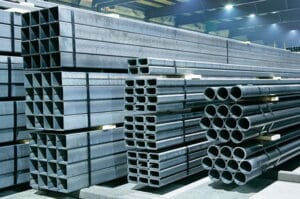
Hollow Structural Sections (HSS), image source: Unsplash
Hollow Structural Sections (HSS): Advancing Sustainable Construction Practices
Critical decisions in structural design significantly influence a project’s environmental footprint, and among the array of choices, Hollow Structural Sections (HSS) emerge as a premier sustainable and versatile option. The utilization of Hollow Structural Sections in construction serves as a crucial enhancement to the already sustainable practices associated with Electric Arc Furnaces (EAFs) in steel production.
Boasting a high strength-to-weight ratio, the use of HSS not only results in the construction of lighter buildings but also facilitates more efficient transportation by necessitating less material for equivalent load-bearing capacity compared to solid sections. Furthermore, the inherent advantage of reduced surface area in HSS minimizes the demand for materials in coatings, fireproofing, and maintenance, reinforcing sustainable practices.
Beyond these advantages, the use of HSS embraces the infinite recyclability of steel, contributing to a closed-loop system where steel scrap continuously finds new life without compromising its properties. This interconnected sustainability is of utmost importance as the construction industry increasingly emphasizes the adoption of resilient building materials, while advancing broader sustainability goals.
Conclusion:
In summary, Electric Arc Furnaces (EAFs) stand at the forefront of the steel industry’s sustainable revolution, significantly reducing carbon footprints and aligning seamlessly with global goals for environmental responsibility. The transparency of the U.S. steel industry, coupled with its leadership in adopting EAFs, further positions the nation as a pioneer in sustainable steel production.
With approximately 70.6% of steel produced in 2021 utilizing EAFs, the recommendation to specify domestic steel not only supports local industries but ensures adherence to stringent environmental standards. The integration of Hollow Structural Sections (HSS) enhances sustainability in construction, embodying a commitment to resilient, versatile, and eco-friendly building materials. Together, EAFs and HSS exemplify a powerful duo in steering the construction industry towards a greener and more sustainable future.



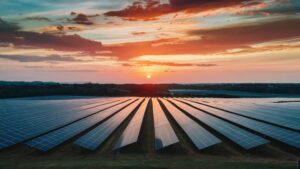
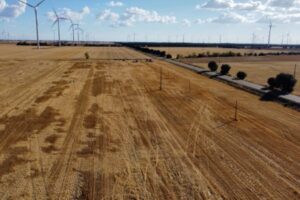
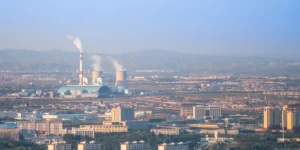

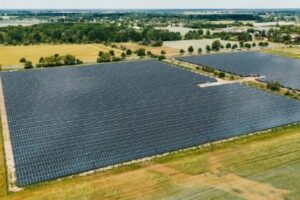
Your point of view caught my eye and was very interesting. Thanks. I have a question for you.
Can you be more specific about the content of your article? After reading it, I still have some doubts. Hope you can help me.